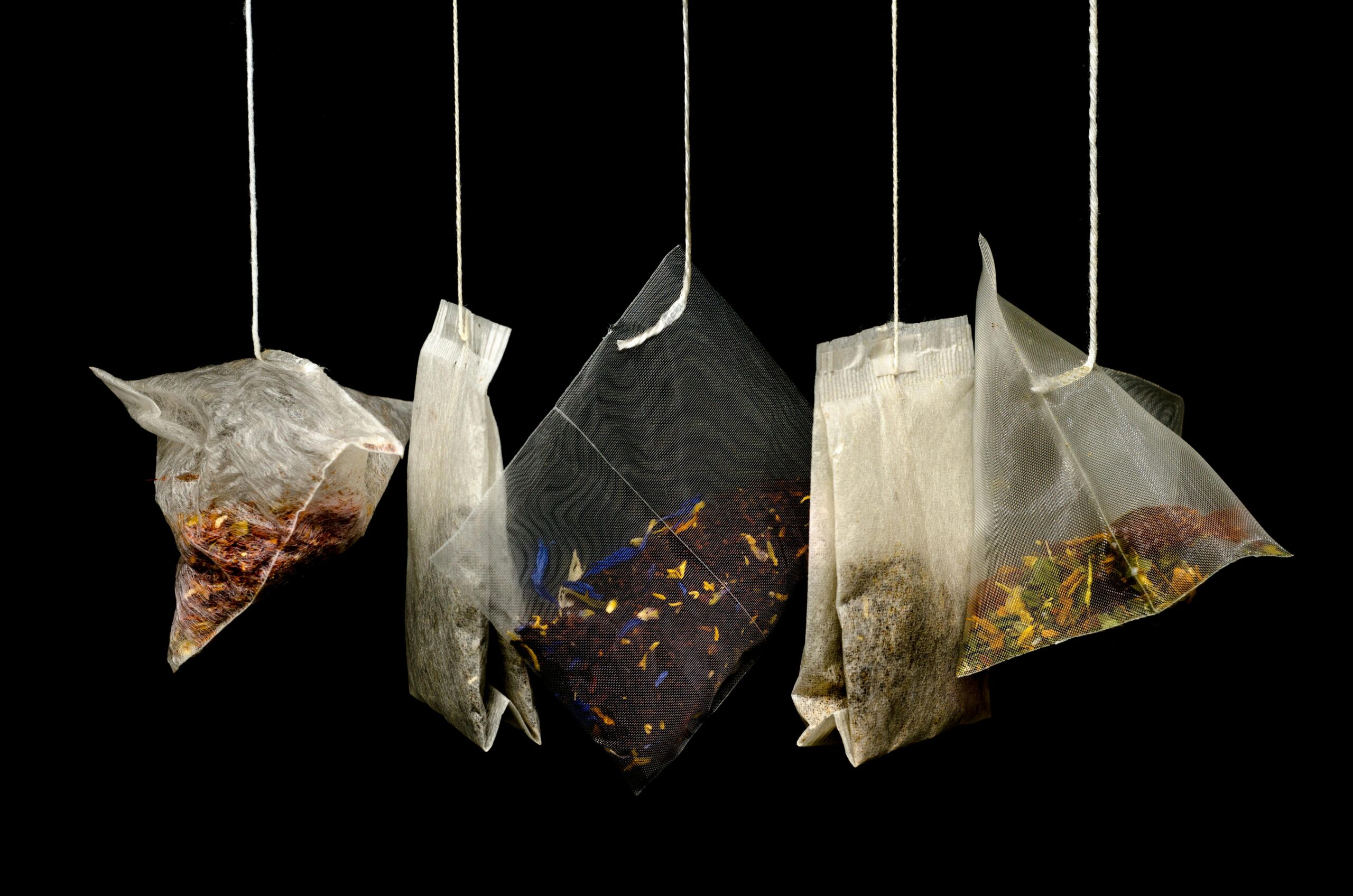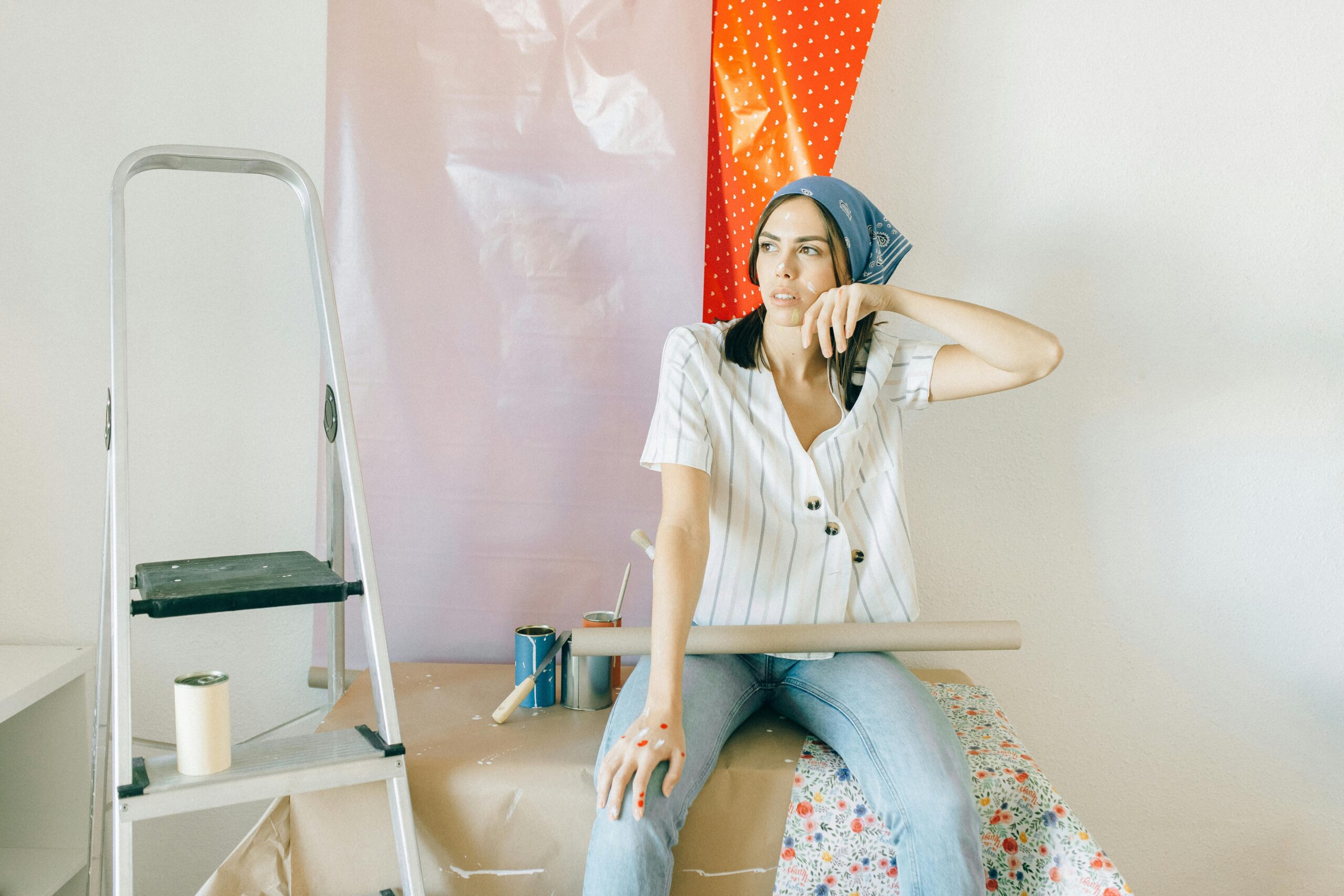Anúncios
Your yoga journey begins the moment you decide to look within, breathe deeply, and step onto the mat with curiosity and openness.
There’s something almost magical about discovering yoga for the first time. It’s not just about bending your body into pretzel-like shapes or achieving perfect balance on one foot.
Anúncios
Yoga is a profound invitation to meet yourself—your physical self, your mental landscape, and that quiet inner voice you might have forgotten existed. In our fast-paced world filled with notifications, deadlines, and endless scrolling, yoga offers a sanctuary where time slows down and breath becomes your anchor.
The beauty of beginning a yoga practice today, right now, is that you don’t need to be flexible, athletic, or even particularly calm. You simply need to be willing. Willing to explore, to stumble, to breathe through discomfort, and to show up for yourself in a way that modern life rarely encourages us to do.
Anúncios
🌅 Why Yoga Speaks to the Modern Soul
We live in an age of disconnection disguised as hyper-connectivity. We’re constantly plugged in, yet somehow feel unplugged from ourselves. Yoga emerged thousands of years ago as a holistic system designed to unite body, mind, and spirit—and its relevance has only grown stronger in contemporary times.
When you practice yoga, you’re not just exercising. You’re engaging in a moving meditation that asks you to pay attention. To notice how your breath quickens during a challenging pose. Feel the trembling in your legs during Warrior II. To observe the thoughts that arise when you’re holding a position longer than feels comfortable. This awareness is revolutionary in a world that constantly tells us to tune out, numb down, and keep moving.
Research has shown that regular yoga practice can reduce stress, improve sleep quality, enhance flexibility and strength, lower blood pressure, and even boost immune function. But beyond these measurable benefits lies something more elusive and precious: a sense of coming home to yourself.
✨ Debunking the Myths That Keep Beginners Away
Before we dive deeper into your practice, let’s dismantle some common misconceptions that might be holding you back from stepping onto that mat.
The Flexibility Fallacy
Perhaps the most pervasive myth is that you need to be flexible to do yoga. This is like saying you need to be clean before taking a shower. Yoga is the process through which flexibility develops—it’s not a prerequisite. Your tight hamstrings, stiff shoulders, and creaky hips are exactly why you should practice, not reasons to avoid it.
The Body Type Barrier
Social media has created a narrow image of what a yogi looks like—typically young, thin, incredibly flexible, and often in exotic locations wearing expensive activewear. This couldn’t be further from the truth of what yoga actually is. Yoga is for every body: tall, short, curvy, muscular, aging, injured, or perfectly imperfect. The practice adapts to you, not the other way around.
The Spiritual Pressure
Some people avoid yoga because they worry it conflicts with their religious beliefs or because they’re not “spiritual enough.” While yoga has roots in ancient Indian philosophy, your practice can be as spiritual or as secular as you choose. You can embrace the philosophical elements, or you can simply enjoy the physical and mental benefits. There’s no wrong way to approach it.
🧘♀️ Understanding the Different Paths of Yoga
As you begin exploring yoga, you’ll encounter various styles and approaches. Each has its own flavor, pace, and emphasis. Knowing the differences can help you find the practice that resonates with your current needs and personality.
Hatha Yoga is often recommended for beginners because it moves at a slower pace, focusing on basic poses and breathing techniques. It’s the foundation upon which many other styles are built.
Vinyasa Yoga is more dynamic, linking breath with movement in a flowing sequence. It’s sometimes called “flow yoga” and offers a more cardiovascular workout while still emphasizing mindfulness.
Yin Yoga takes the opposite approach, holding passive poses for longer periods (typically three to five minutes). This style targets the connective tissues and offers a meditative, deeply relaxing experience.
Restorative Yoga uses props to support the body in restful positions, promoting deep relaxation and stress relief. It’s especially beneficial for those dealing with anxiety, fatigue, or recovery from illness.
Kundalini Yoga combines movement, dynamic breathing techniques, meditation, and chanting. It’s known for its focus on awakening energy and consciousness.
Don’t feel pressured to commit to one style immediately. Part of discovering your inner yogi is experimenting with different approaches until something clicks. Your needs will also change over time—what serves you today might be different from what you’ll need six months from now.
🏡 Creating Your Sacred Space at Home
One of yoga’s greatest gifts is its accessibility. You don’t need a fancy studio membership or expensive equipment to begin. Your living room, bedroom, or even a patch of grass in your backyard can become your yoga sanctuary.
Start with the essentials: a yoga mat provides cushioning and grip, though in the beginning, a carpet or towel can work too. As your practice develops, you might add props like blocks, straps, bolsters, or blankets. These aren’t signs of weakness—they’re tools that make poses more accessible and comfortable for your unique body.
The environment matters more than you might think. Choose a space with minimal distractions where you won’t be interrupted. Dim lighting or natural light can create a calming atmosphere. Some practitioners enjoy lighting candles or incense, while others prefer complete simplicity. There’s no right answer—only what helps you feel grounded and present.
Consider the temperature too. Your body needs to be warm enough to move safely, but not so hot that you’re uncomfortable. Layer your clothing so you can adjust as needed throughout your practice.
📱 Digital Support for Your Journey
While the ancient yogis didn’t have smartphones, modern technology can be a valuable companion for beginners navigating this new territory. Numerous apps offer guided classes, pose libraries, and customizable routines that fit your schedule and level.
For those just starting out, apps like Down Dog provide personalized yoga practices with adjustable levels, durations, and focus areas. The app offers clear instructions and visual demonstrations that help you learn proper alignment from home.
Daily Yoga is another excellent option, featuring classes ranging from beginner to advanced, along with meditation and pilates options. The variety helps keep your practice fresh and engaging.
Remember that technology is a tool, not a replacement for listening to your body. Use apps as guides, but always honor what you’re feeling over what the screen is telling you to do.
🌿 The Foundation: Essential Poses for Beginners
Every yoga practice, no matter how advanced, returns again and again to fundamental poses. These foundational postures teach you basic movement patterns, build strength and flexibility, and cultivate body awareness.
Mountain Pose (Tadasana)
It looks deceptively simple—you’re just standing there. But Mountain Pose teaches you to stand with intention, distributing weight evenly, engaging muscles mindfully, and finding your vertical alignment. It’s the blueprint for all standing poses and a reminder that even stillness requires presence.
Downward-Facing Dog (Adho Mukha Svanasana)
This inverted V-shape is one of yoga’s most recognizable poses. It stretches the hamstrings and calves, strengthens the arms and shoulders, and creates length in the spine. For beginners, bent knees are perfectly acceptable—the shape matters less than the sensation of lengthening.
Child’s Pose (Balasana)
This resting position is your safe harbor during practice. Whenever you feel overwhelmed, fatigued, or need to reconnect with your breath, Child’s Pose welcomes you. It gently stretches the hips, thighs, and ankles while calming the mind.
Cat-Cow Pose (Marjaryasana-Bitilasana)
This flowing movement between two poses warms up the spine, improves flexibility, and teaches you to coordinate breath with movement—a fundamental principle in yoga. Inhale as your belly drops and chest lifts (Cow), exhale as your spine rounds (Cat).
Warrior I (Virabhadrasana I)
The Warrior poses build strength, stamina, and confidence. With one foot forward and one back, arms reaching skyward, you embody the peaceful warrior—strong yet calm, grounded yet expansive. This pose strengthens your legs and opens your chest and shoulders.
Don’t rush through learning these foundations. Spend time with each pose, noticing how it feels different from day to day, even moment to moment. Yoga isn’t about perfecting positions—it’s about the ongoing exploration of your relationship with them.
🌬️ The Breath: Your Most Important Teacher
In yoga, the breath is called “prana”—life force energy. How you breathe directly affects your nervous system, mental state, and physical experience. Yet most of us have forgotten how to breathe fully and deeply.
Begin by simply observing your natural breath without trying to change it. Notice where you feel it most—your chest, your belly, your nostrils? Is it shallow or deep, smooth or jagged, fast or slow? This awareness alone is powerful.
The most fundamental breathing technique in yoga is Ujjayi breath, sometimes called “victorious breath” or “ocean breath.” You create a gentle constriction in the back of your throat, producing a soft sound like waves. This breath technique heats the body from within, focuses the mind, and gives you something concrete to anchor your attention during challenging poses.
As you practice, your breath becomes both anchor and compass. When your breath becomes strained or you find yourself holding it, that’s your body’s signal to ease back, modify, or rest. Conversely, smooth, steady breathing indicates you’re working at an appropriate intensity.
💫 Building a Sustainable Practice Rhythm
The question isn’t whether you should practice yoga, but how to integrate it into your life in a way that feels nourishing rather than obligatory. Consistency matters more than duration. Ten minutes daily creates more transformation than an hour once a week.
Start with realistic goals. Perhaps you commit to three times weekly for twenty minutes each session. Or maybe you decide to practice every morning for just five minutes before your day begins. Small, achievable commitments build confidence and momentum.
Morning practice energizes and sets an intentional tone for the day ahead. Evening practice helps release the day’s accumulated tension and prepares you for restful sleep. Experiment with different times to discover what works best for your body and schedule.
Some days your practice will feel expansive and joyful. Other days it will feel like slogging through mud. Both experiences are valuable. The practice isn’t about feeling good all the time—it’s about showing up regardless of how you feel and meeting yourself with compassion.
🎯 Common Beginner Challenges and How to Navigate Them
Every yogi, no matter how experienced, was once a beginner feeling awkward and uncertain. Anticipating common challenges helps you move through them with more ease and self-compassion.
The Comparison Trap: In classes or watching videos, you might notice others moving with grace and ease while you’re struggling. Remember that yoga isn’t a competitive sport. The person next to you has a completely different body, history, and practice. Your only comparison should be with yourself.
Physical Discomfort: Learning to distinguish between productive discomfort (the sensation of muscles working and stretching) and pain (sharp, shooting, or joint-based sensations) takes time. Productive discomfort is okay to breathe through. Pain is a clear signal to back off immediately.
The Wandering Mind: You’ll discover that your mind wanders constantly during practice. This isn’t failure—it’s completely normal. The practice is noticing when you’ve wandered and gently bringing your attention back. Again and again. This is the work.
Feeling Self-Conscious: Whether practicing at home or in a studio, you might feel awkward or worried about looking foolish. Remember that everyone is focused on their own experience. Your perceived imperfections are invisible to others and irrelevant to your practice.
🌟 Beyond the Mat: Yoga as a Way of Living
As your practice deepens, you’ll likely notice something curious: yoga begins to extend beyond your designated practice time. The patience you cultivate in holding a difficult pose might emerge when you’re stuck in traffic. The breath awareness you develop might help you navigate a stressful work meeting. Self-compassion you learn on the mat might soften how you speak to yourself throughout the day.
This is yoga’s true magic. It’s not really about the poses at all. The poses are simply tools for transformation, vehicles for developing qualities like presence, resilience, self-awareness, and compassion. These qualities then ripple outward, affecting every area of your life.
The ancient yoga texts describe ethical principles that support this holistic approach—concepts like non-violence, truthfulness, contentment, and self-study. You don’t need to study these philosophies formally, but you might find yourself naturally drawn to living more aligned with these values as your practice evolves.

🎨 Your Unique Yoga Story Begins Now
There will never be a perfect time to start. Your body will never be more ready than it is right now. Your schedule will never magically clear. The conditions will never align perfectly. The beginning is always messy, uncertain, and imperfect—and that’s exactly as it should be.
Your inner yogi isn’t some future version of yourself who’s mastered every pose and achieved enlightenment. Your inner yogi is already here, already whole, already worthy. The practice simply helps you remember this truth.
Roll out your mat—or your towel, or find your patch of grass. Take one conscious breath. Move through one simple pose. This is enough. This is everything. Your yoga journey has begun, and it will unfold in ways you can’t yet imagine, revealing layers of yourself you didn’t know existed.
The path of yoga is long and winding, filled with challenges and breakthroughs, plateaus and transformations. But every master was once a beginner who chose to start. Today, that beginner is you. Home to yourself. Welcome to your practice. Welcome to the journey of discovering the yogi who has been waiting patiently within you all along. 🙏






